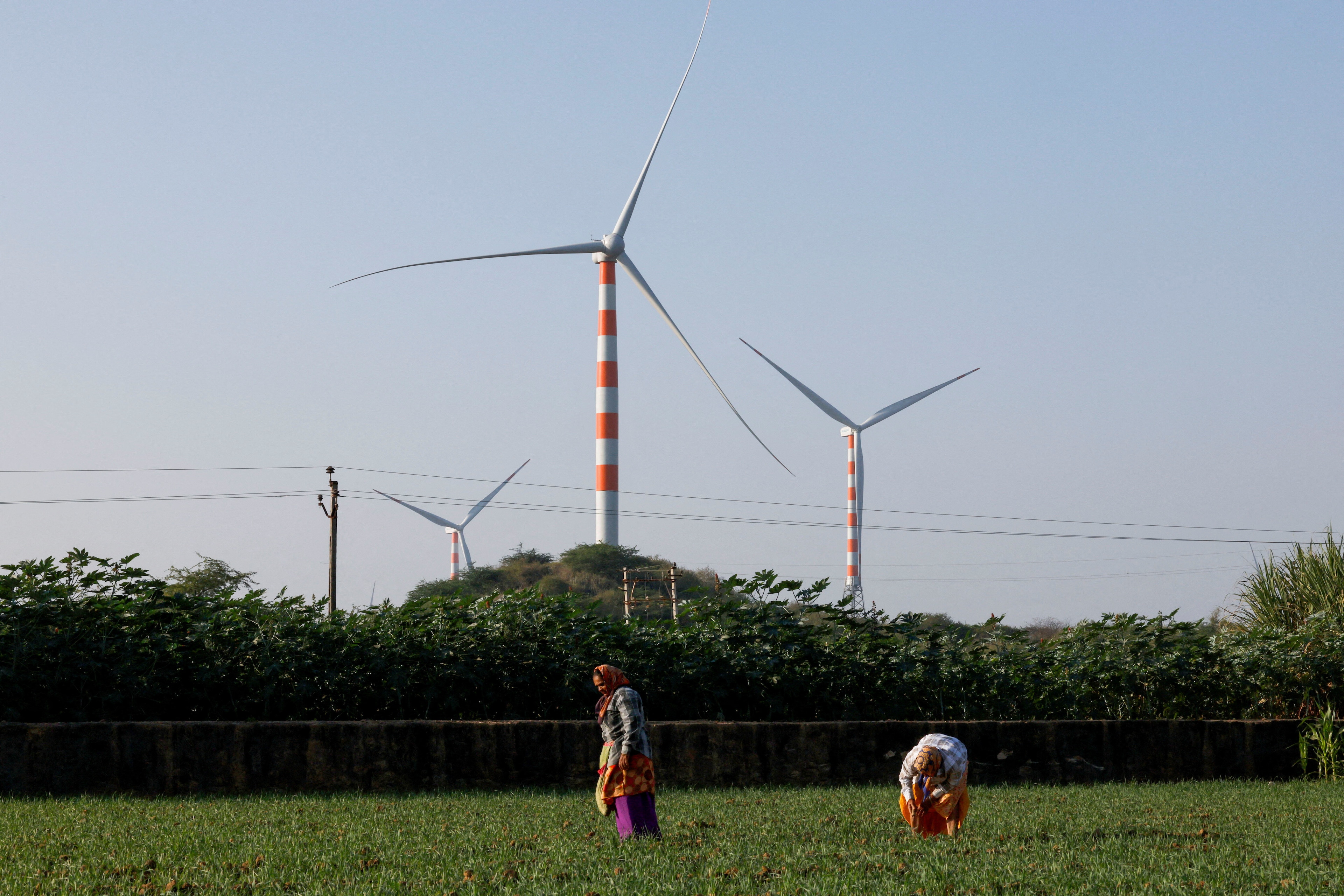What is a proton battery?

A proton battery runs on carbon and water, is rechargeable and may replace Lithium batteries in the future.
Image: REUTERS/Wolfgang Rattay
Stay up to date:
Decarbonizing Energy
- Researchers at RMIT University in Melbourne, Australia have created a proton battery that runs on carbon and water.
- These rechargeable batteries could replace lithium batteries in the future.
- Proton batteries have pretty much zero environmental impact.
Most of your everyday electronics run off of lithium batteries — you know, the ones that you can never seem to find in your drawer when the remote is dead? Yet the days of the double-A may be ending. Researchers at RMIT University in Melbourne, Australia have created a prototype of an alternative battery that runs on carbon and water.
Meet the proton battery
This is the first-ever rechargeable proton battery, an energy storage solution that runs off on cheap, environmentally friendly materials. But why do we need to change the way we store power? Here are three things you need to know about this energy source of the future, and about why it’s time to phase out those batteries currently rusting at the bottom of your recycling bin. (Don’t worry, we don’t know how to get rid of them either.)
1. The proton battery is made of much more abundant materials.
The planet’s supply of lithium is concentrated in just a few countries, and the other rare earth metals that go into lithium batteries are an increasingly scarce, expensive resource. In contrast, the proton battery has an electrode made of carbon, one of the most abundant materials on our planet, and is charged by splitting water molecules.
“The advantage is we’re going to be storing protons in a carbon-based material, which is abundant, and we are getting protons from water which is readily available,” said the project’s lead researcher, John Andrews, to The Guardian.
2. It’s rechargeable.
The RMIT proton battery can be plugged into a charging port just like any other rechargeable battery. What happens next is remarkably simple: the electricity from the power supply splits water molecules, generating protons, which bond with carbon in the battery’s electrode. The protons are then released again to pass through the fuel cell, where they interact with air to form water and generate power.
According to an RMIT press release, experiments showed that the tiny proton battery — with an active surface area of only 5.5 square centimeters (0.85 square inches) could store as much energy per unit as commercially available lithium-ion batteries.
3. Produces zero carbon emissions.
Mining traditional batteries’ lithium and other rare earth metals can have a host of environmental consequences, including dumping chemicals into ecosystems and clearing land of vegetation. In addition to the carbon footprint of mining, processing the conductive materials requires significant energy, which still most often means electricity that comes from fossil fuels.
Meanwhile, producing the carbon and water needed for this new battery have pretty much zero environmental impact; currently, the main emissions footprint of the proton battery would be the source of the electricity used to charge it.
The RMIT team estimates that their proton battery could be commercially available within five to ten years. That’s also good news for the environment, as battery storage needs are expected to skyrocket with the growing shift to clean energy. Without good batteries to store energy on sunny or windy days, we won’t be able to take advantage of these power sources when the weather turns. According to Andrews, when their proton battery is available, it will even be competitive with Tesla’s Powerwall, and perhaps one day the huge Tesla battery already making waves in his country.
Don't miss any update on this topic
Create a free account and access your personalized content collection with our latest publications and analyses.
License and Republishing
World Economic Forum articles may be republished in accordance with the Creative Commons Attribution-NonCommercial-NoDerivatives 4.0 International Public License, and in accordance with our Terms of Use.
The views expressed in this article are those of the author alone and not the World Economic Forum.
Related topics:
Forum Stories newsletter
Bringing you weekly curated insights and analysis on the global issues that matter.
More on Energy TransitionSee all
Valentin Chomel and Jacques-Alexis Verrecchia
August 14, 2025
Gaurav Upadhyay and Labanya Prakash Jena
August 8, 2025
David Timis
August 8, 2025
Forum Stories
August 6, 2025
Marina Colombo and Lynn Kappes
August 6, 2025
Sverre Alvik
August 5, 2025





